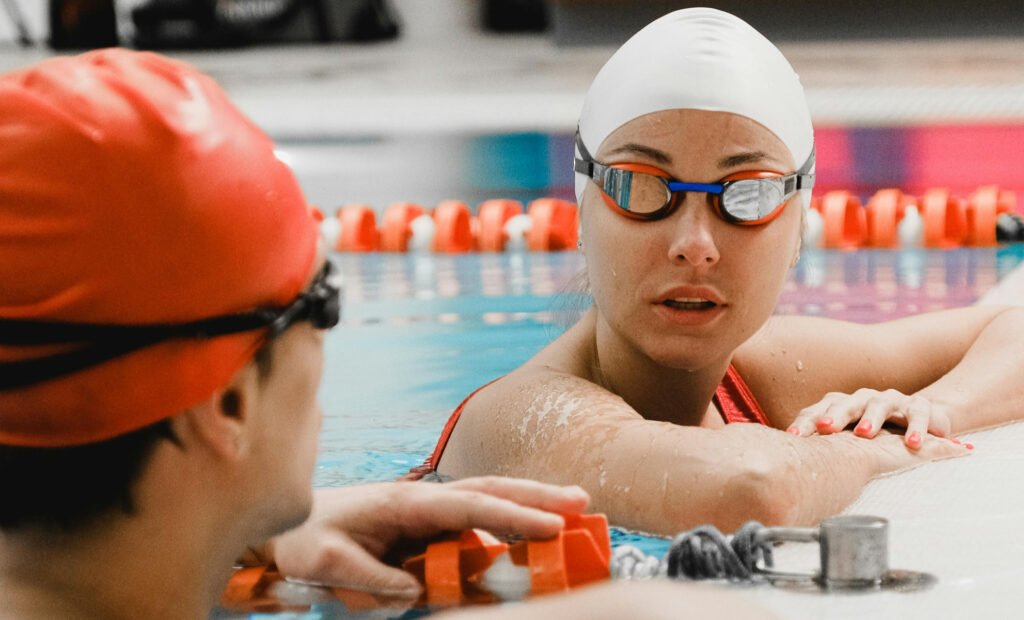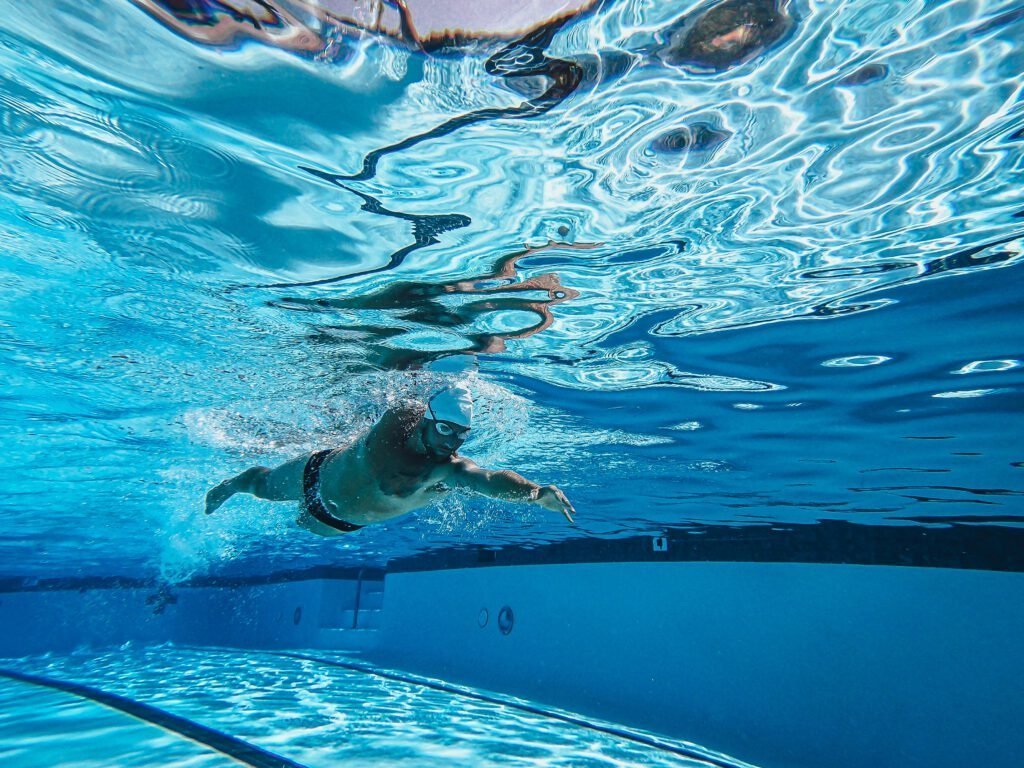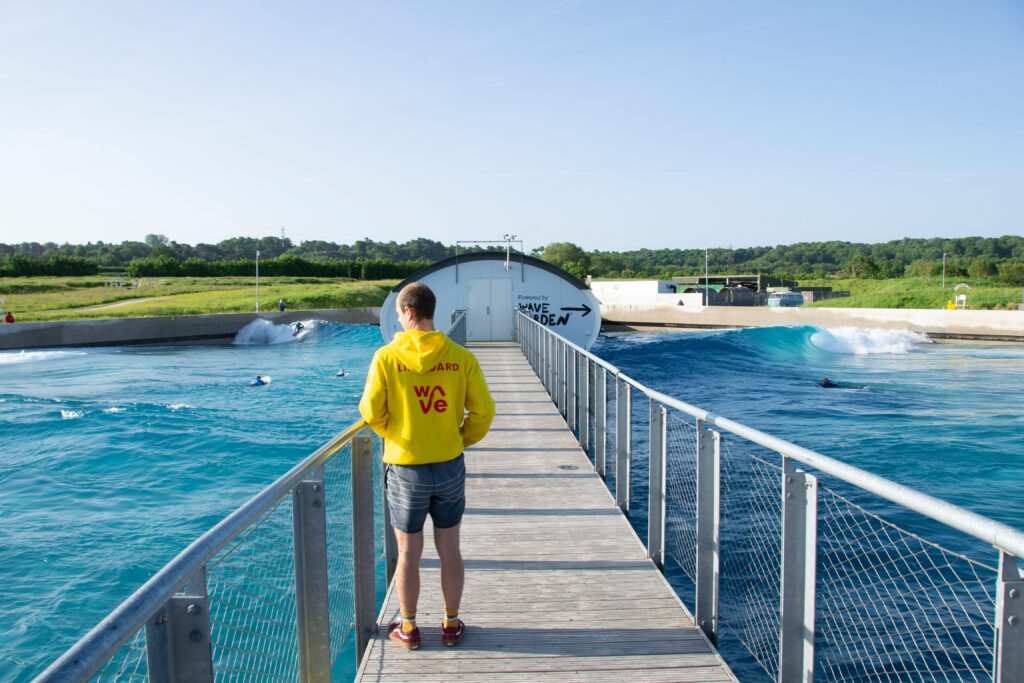
Five Reasons Swimming Is Harder Than It Looks

Swimming, often perceived as a leisurely activity or a fun way to cool off, is a sport that demands immense physical and mental effort. While it may seem effortless to watch professional swimmers glide through the water, there are several reasons why swimming is much harder than it looks.
Full-Body Workout
Unlike many other sports that focus on specific muscle groups, swimming engages almost every muscle in the body. Each stroke requires coordination and strength from the arms, legs, core, and back. The resistance provided by water adds an extra layer of difficulty, making each movement more strenuous. Swimmers need to maintain a streamlined position, which requires a strong core and continuous muscle engagement.
Breathing Challenges
Breathing while swimming is a skill that takes time to master. Unlike on land, swimmers cannot breathe whenever they want. They must coordinate their breathing with their strokes, turning their heads at just the right moment to take in air without disrupting their rhythm. This is especially challenging in strokes like the freestyle and butterfly, where the face is often submerged. Efficient breathing techniques are crucial for maintaining endurance and speed.
Technical Precision
Swimming is a sport that demands high technical precision. Each stroke has a specific technique that needs to be executed flawlessly to minimize drag and maximize propulsion. Small errors in hand entry, body rotation, or kick timing can significantly impact performance. Swimmers spend countless hours perfecting their strokes to achieve the perfect form, and even minor deviations can lead to fatigue and slower times.
Mental Endurance
Swimming requires not just physical strength but also mental endurance. Training sessions can be monotonous and gruelling, often involving repetitive laps with minimal variation. Swimmers need to stay focused and motivated despite the repetitive nature of their workouts. Moreover, the solitary aspect of swimming can be mentally challenging, as athletes spend long periods in the water with only their thoughts for company.
Resistance and Buoyancy
Water resistance is significantly higher than air resistance, making movement through water much harder. Swimmers have to push against this resistance with every stroke, which requires considerable energy. Additionally, maintaining buoyancy and body position in water is challenging. The body tends to sink, and staying afloat while moving forward demands a delicate balance of technique and strength.
Swimming is a deceptively challenging sport that requires a blend of physical strength, technical skill, and mental fortitude. The seamless, graceful movements seen in professional swimmers are the result of years of dedicated training and discipline. So, the next time you watch a swim race or take a dip in the pool, remember that there’s much more to swimming than meets the eye.
If you’re seeking more details or advice, our seasoned swim instructors in Toronto, Canada, are ready to offer you valuable insights. The best part? Joining us is entirely free!






Responses